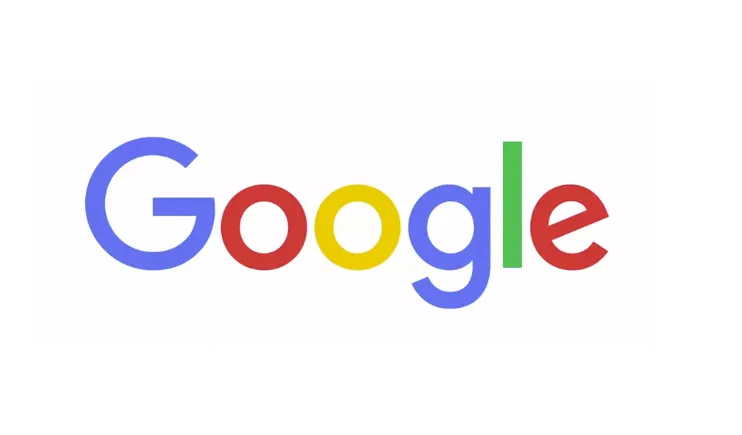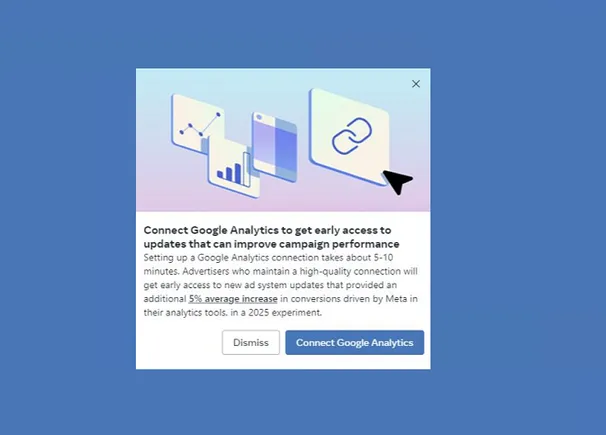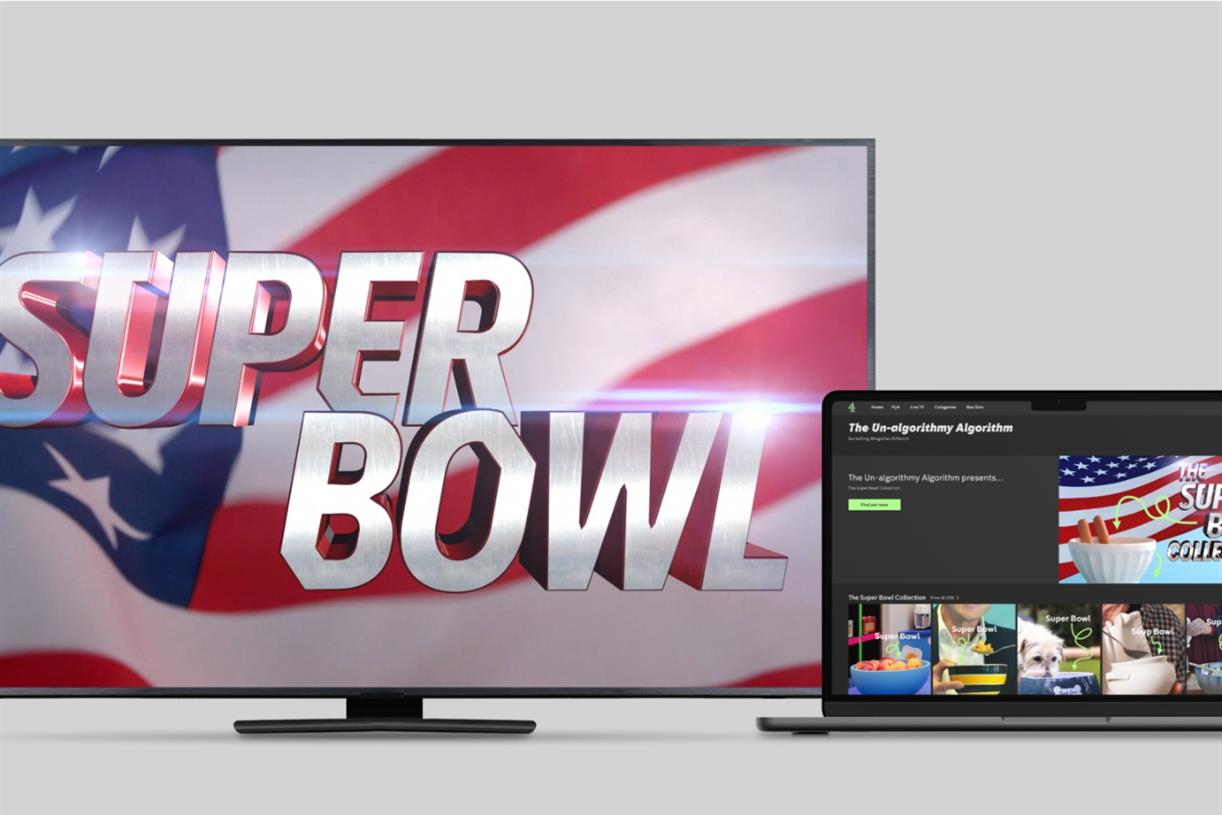7 AI Best Practices for Marketing Agencies in 2025
Marketing agencies are the biggest adopters of AI; and it’s not surprising. The IAB’s State of Data 2025 found twice as many agencies and publishers have fully scaled AI compared to brands. And Forrester’s 2024 report found 91% of...

Marketing agencies are the biggest adopters of AI; and it’s not surprising.
The IAB’s State of Data 2025 found twice as many agencies and publishers have fully scaled AI compared to brands. And Forrester’s 2024 report found 91% of U.S. advertising agencies are either using or exploring generative AI.
This isn’t surprising because AI is great at:
✅ Automating tedious tasks that come with running an agency
✅ Leveling up client strategy and deliverables
✅ Saving time and resources
However, despite the momentum, most agencies still haven’t fully integrated AI into their operations. In fact, the same IAB report found that only 34% of agencies have adopted AI at scale. The rest are still figuring it out.
Based on our talks with agency leaders, three key issues are holding teams back:
Too many tools, not enough strategy. With over 30,000 AI tools on the market, most agencies only use a fraction, and even then, not with a clear strategic roadmap. Data chaos. Fragmented sources, security concerns, and inconsistent inputs make it hard to trust the outputs. Fear of breaking client trust. Many agencies are still unsure of how to be transparent about AI use without making clients uncomfortable.To help you overcome these challenges and implement AI successfully, we talked to agency leaders who have been through the process and compiled their top AI best practices in this article.
1. Be transparent with your clients
This is the number 1 rule. If you’re using AI in any part of your workflow, your clients need to know.
“Many agencies do not tell, advertise to, or are transparent about their use of AI in client-facing work. This causes a host of problems,” says Ryan Anderson, President at Markiserv, a creative agency. “We’ve had clients switch to us because their previous agencies used AI without disclosing it.”
These clients often feel misled when they discover that work they assumed was human-crafted had, in fact, been generated or supported by AI. This kind of breach of trust is extremely costly to repair.
“Clients could easily use AI themselves for free,” Ryan says, “but they hire agencies for the added strategy, creativity, and quality that human oversight provides.”
Beyond trust, compliance is another major concern. “Many organizations have strict rules against using AI-produced work in their marketing campaigns or creative assets,” Ryan points out.
Given AI’s murky copyright history, failing to disclose AI usage can lead to legal complications.
The solution is to be upfront. Explain where AI is used, such as in research or ideation, and emphasize that human expertise still drives the final deliverables. Transparency strengthens trust and keeps clients with you.
2. Check your clients’ AI policy
Speaking of compliance, knowing your client’s AI policy upfront is non-negotiable.
As Robin Emiliani, Founder and CEO at Catalyst Marketing explains, “My biggest advice to agencies is to find out their AI tools, regulations, and protocols first.”
Different clients will have different mindsets and policies towards AI and not clarifying this in advance can lead to awkward situations, churn, and even legal battles.
“Out of the library of 25 or 30 clients, we have probably a quarter of them that say, ‘you cannot use AI with us’. And then another segment that says, ‘Okay, you can use AI but only these specific tools, and you have to VPN into our workspace to be able to use it,’” she shares.
For example, one of Robin’s clients approves the usage of Jasper, while another one will approve Gemini. And it’s crucial to find out which tools your clients would give the green light before you start using them.
The best way to do this is to bake the AI-question into your onboarding process. For instance, you can add these questions to your client onboarding document:
Do you allow AI in our workflow? If yes, which tools are approved? Are there any security restrictions we need to follow?Then, go through this on an onboarding call to make sure both you and your client are aligned on AI. Robin advises, “Really get a clear understanding from the clients, what you’re allowed to do and what you’re not allowed to do before going all in.”
3. Evaluate your processes before automating
AI can automate pretty much any process but it’s important to make sure that process is actually necessary and worth automating first.
“A bad process, when automated, just becomes a faster bad process,” says Peter Lewis, Founder & CEO at Strategic Pete, a marketing consultancy agency.
“I’ve seen agencies jump into AI for lead generation with no good system in place to follow up on the leads. The leads started flowing in, but the sales didn’t because the team had no good workflow to handle the load.”
Before automating anything, audit your processes. Ask yourself:
Is this process valuable and actually necessary? What inefficiencies can we eliminate? Is there a smarter way to achieve the same goal?Once you’ve identified that a specific process is necessary and valuable, you can set out to automate it with AI.
Marketing agency leaders are bombarded with AI product launches, new features, and competing claims from tech giants.
The result is what Jeff Su, Product Marketing Manager at Google, calls an “AI tools paralysis”—the overwhelming feeling of not knowing which tools are actually worth using.
He warns that most AI tool discussions focus on hype rather than real-world productivity. “New features and impressive benchmark scores mean nothing if they don’t translate to real-world impact,” he explains.
Rather than chasing every new AI tool, Jeff recommends building a minimum viable toolkit: a small, focused set of tools that address essential business needs.
Here’s how to apply it:
Identify your recurring challenges. What repetitive tasks in your agency take too long? Example: researching digital advertising trends. Find one tool that solves the problem. Jeff tested multiple AI research tools and found that Perplexity outperformed others in speed and accuracy. Master it before adding anything new. He committed to using Perplexity exclusively until it became second nature.This method ensures you don’t waste time switching between tools that overpromise but underdeliver.
5. Embed AI prompts into workflows
Even if you’ve identified specific tools that would be great for your agency, you or your team might still not be using them consistently because of something called “death by prompts”.
This means you know that a specific AI tool can help (e.g. Claude) but you’re not using it consistently because it feels like too much effort to craft the right prompt every time. Jeff shares an example:
“I have this incredible prompt that transforms my writing into clear and concise copy. But there’s absolutely no way I’d be using this 20 times a day if I had to type it out every single time.”
His solution is to? Reduce friction. Here’s how:
Use a text expander. Instead of retyping lengthy prompts, install a text expander tool like Raycast (Mac) or Beeftext (Windows). Jeff demonstrates how a simple shortcut (e.g., ::chptconcise) instantly loads his favorite prompt into ChatGPT. Embed prompts directly into workflows. Instead of keeping prompts in scattered notes, Jeff advises creating a database of prompts in your favorite project management tool, like Notion.Then, he advises adding a link to the relevant prompt directly where you need it.
For example, if you have a task in your Google calendar to “Write a webinar promotion email”, you can add the link to the prompt that would help you write or edit the email directly to the task.
This reduces the mental overload of remembering where to find your prompts and helps you get to results faster.
6. Centralize and clean your data
You can’t build smart AI workflows on messy data. If your team is plugging AI into siloed spreadsheets, inconsistent naming conventions, or outdated reports, you’re just automating confusion.
“Data readiness and cleanliness are really important,” says Artūras. “If you consolidate cross-channel data and ask AI to generate summaries, your mind will be blown by how well AI can detect everything.”
This is where a marketing intelligence platform like Whatagraph comes in. With it, you can:
Centralize your data from 55+ marketing platforms into one space Organize the data to ensure data quality. Fix naming inconsistencies, eliminate duplicates, and standardize formats. Blend data from different sources together to get a more holistic view of marketing performanceOnce your data is clean and centralized, any insights AI gives you about that data is more relevant, accurate, and actually actionable.
For instance, on Whatagraph, you can ask our AI chatbot any questions about your marketing performance like:
Which ad campaigns brought in the highest conversions? How much money did we spend on X campaign last quarter? Which ads converted the most?The AI will give you succinct answers based on the specific data source and time frame you want to analyze. And you can fully trust the answers because again, it’s based on centralized and cleaned data.
Based on these accurate insights, you can take the right actions like:
Adjusting bids on your ads Turning campaigns on/off Optimizing creatives to boost conversions7. Build a habit of learning AI regularly
AI isn’t a one-time implementation—it’s an ongoing capability. Tools evolve quickly, new use cases emerge constantly, and staying ahead requires more than just initial adoption.
Agencies that make AI learning part of their routine are the ones able to adapt, scale, and lead with confidence.
Jeff Su, Product Marketing Manager at Google, refers to this as the Impact Loop Strategy:
“Even if you can only spare 30 minutes a week, taking action and implementing something you’ve learned is infinitely more powerful than passively consuming something.”
Here’s how you can embed regular AI learning into your operations:
Choose one or two trusted newsletters like The Rundown AI, Marketing AI Institute to stay informed without getting overwhelmed. Set aside 30–60 minutes per week to test tools, refine prompts, or explore new workflows, and document what works. Encourage internal knowledge sharing by creating a central place to log AI use cases, prompts, and lessons learned.The Bottom Line
AI is no longer a buzzword for marketing agencies. It’s becoming a core part of how work gets done.
But implementing AI successfully isn’t just about picking the right tools. You need the right systems, clear communication, and a willingness to learn and adapt.
To recap, here are the AI best practices we’ve discussed in this article:
✅ Be transparent with clients about how and where AI is used
✅ Check your clients’ AI policies during onboarding to avoid compliance risks
✅ Evaluate internal processes before automating (only automate what works)
✅ Build a Minimum Viable AI Toolkit and master it first
✅ Embed AI prompts into existing workflows to reduce friction
✅ Use a marketing intelligence platform like Whatagraph to centralize, clean, and prepare your data for AI
✅ Make AI learning a weekly habit—test, share, and document what works
—
Find more practical strategies and AI tool recommendations from agency leaders in this AI playbook. Download our AI Playbook for Agencies in 2025.

 Tekef
Tekef 





























